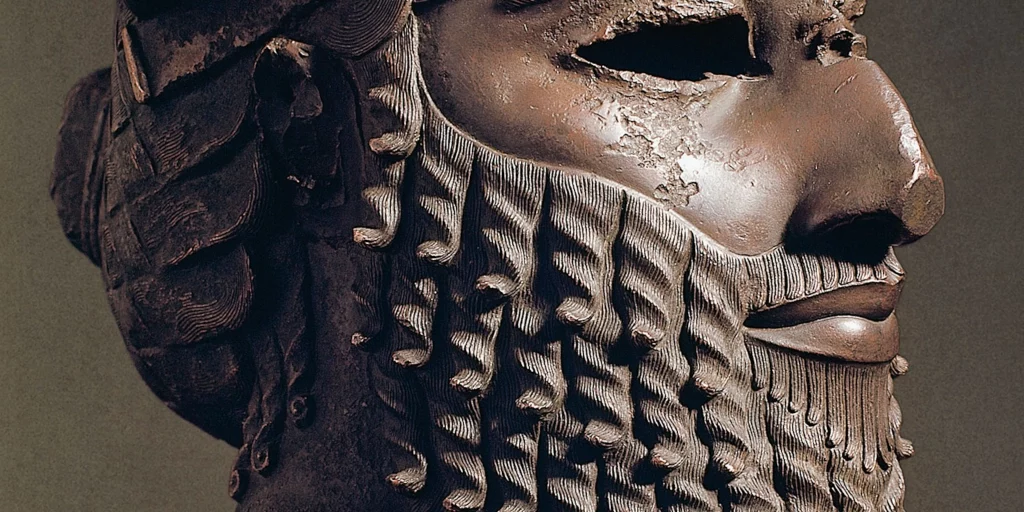They were ruthless, cold-hearted, merciless, and deadly.
Established in 1929, Murder Inc. was a group organized by the National Crime Syndicate that threatened, injured, and killed anyone who didn’t comply with the Syndicate’s demands or crossed paths with the Mafia.
Established by Louis “Lepke” Buchalter, Murder Inc. is believed to have been responsible for up to 1,000 killings between 1929 and 1941. In essence, they were “the muscle” behind the Mafia.
The group was comprised mostly of Jewish and Italian-American gangsters in New York City. They focused mostly on low-class neighborhoods within Brooklyn and Manhattan at first. Eventually, they expanded and handled contracts across various parts of the US.
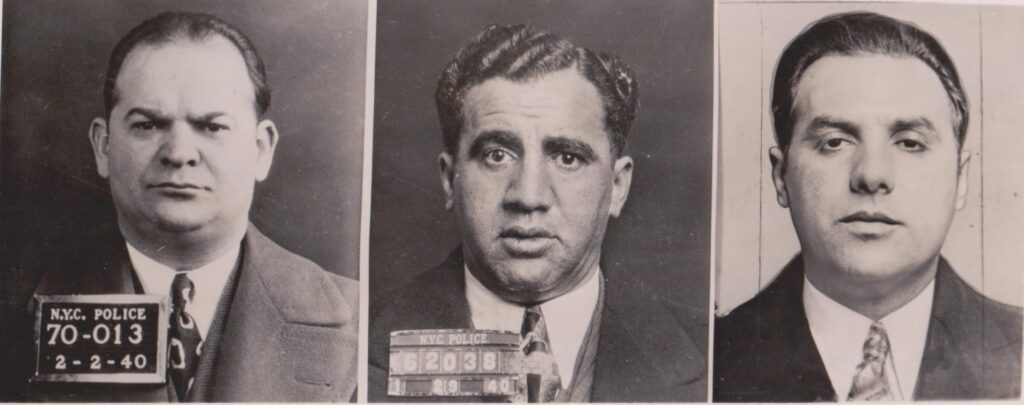
Background
Many of the victims were people associated with criminal activities, such as loan-sharking, bootlegging, prostitution, gambling, and racketeering. However, within Murder Inc., they were strictly responsible for carrying out orders that came from the top.
Murder Inc. was not an established enterprise like an organized military, but rather like a militia. It was used by key mob bosses to carry out the brutality of others.
They were like taxi drivers, sitting at a coffee shop and waiting for “the call.” They were referred to by many as the Syndicate’s “Execution Squad.”
However, while Murder Inc. saw it rise as one of the most dangerous mob groups in the country, it fell in the early 1940s. Abe “Twist” Reles, once a Murder Inc. member, began the downfall when he confessed his crimes and threw the organization under the bus.
His work as an informant assisted in bringing the group down right before the start of World War II. Eventually, this led to the arrest and death sentence of the group’s founder.
The Roots of Murder Inc.
Organized crime saw a meteoric rise in the late 1920s in major cities like Chicago and New York. This was at the heart of the Prohibition era where many mobsters and gangs got involved in bootlegging and other criminal activity.
In the early 1920s, hitmen were used to carry out orders. However, by the late 1920s, a rising number of crime organizations were getting involved in illegal activity, and the need for buffers and hitmen grew. As the Great Depression hit, even more people turned to this way of life to try and make money.
Bugsy Siegel and Meyer Lansky were New York Jewish mobsters in the 1920s. They took notice of the increase in organized crime.
They crafted the idea of forming a group of hitmen that wouldn’t be attached to any one Mafia group but instead be a separate faction of the National Crime Syndicate that could carry out orders and settle disputes. They partnered with Louis “Lepke” Buchalter and Albert “Mad Hatter” Anastasia to run Murder Inc.
More men were added to the top list, including Lucky Luciano. They kept their main headquarters in a coffee shop and candy store, Midnight Roses, in Brownsville, Brooklyn.
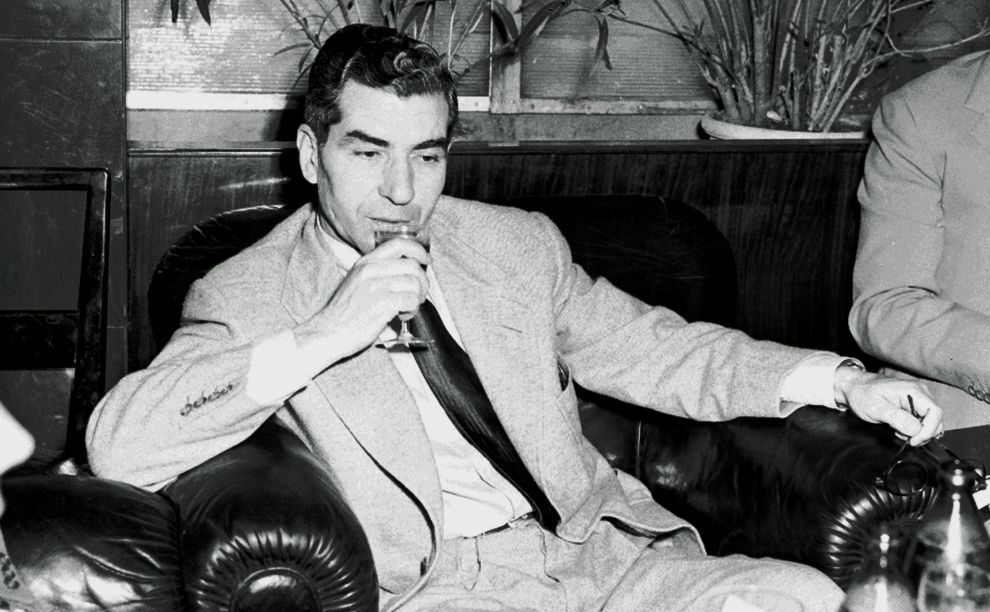
By 1931, the Great Depression was tearing America apart, and as a result, Murder, Inc. kept adding more members. Top Mafia groups used people within Murder Inc. to maim, use brutality, and kill those who weren’t complying or were seen as threats.
Contracts were drawn and orders handed down. Sitting around at the Midnight Roses coffee shop, once a call came in, it was “off to work.”
The National Crime Syndicate kept a separation of powers from Murder Inc. and had several layers of buffers to prevent being linked. Murder Inc. was a private and secret organization that helped keep the attention and blame off of Mafia groups, hence a major reason so few mobsters were prosecuted.
Murder Inc. Was Organized
Buchalter eventually was the top man in Murder Inc. He had his right-hand man, Jacob “Gurrah” Shapiro. Leadership was also divided into groups heralded by Lucky Luciano, Dutch Schultz, Lansky, and Siegel.
There was also a group of enforcers below them led by the likes of Abe “Twist Kid” Reles and Joe Adonis, who were the big muscle behind Murder Inc. Groups were also separated by ethnicity. Buchalter was in charge of the Jewish members and Anastasia headed the Italians.
Early on, most orders were focused on areas around New York. But over time as crime spread nationwide, so did Murder Inc. They went to places like Florida, Chicago, Detroit, and even Los Angeles to “handle business.”
The routine was simple; once the Syndicate ordered a murder contract, they had someone contact Murder Inc. Murder Inc. would follow up and study the victim.
Eventually, the order was officially handed down, and the Murder Inc. killer handled the execution. It was important that the Murder Inc. “killer” not know the victim personally, a significant reason why the organization lasted so long.
Everything was extremely carefully planned so all tracks were covered. Sometimes planning for these “executions” was done weeks in advance.
By having layers in between the top of the Syndicate and Murder Inc., the organization went a long time without ever being noticed by law enforcement. These were also professionals who knew what they were doing and were well-trained.
Each member of Murder Inc. had their strengths. Some were better at handling executions (and the way they executed them) while others were used simply for beatings or maiming.
One group may have been professionals dealing with loan sharks and their victims, while others handled bootlegging operations.
Abe Reles was a key killer that the Syndicate requested a lot. He rose up the ranks and gained a reputation as one of the most reliable and brutal killers there was.
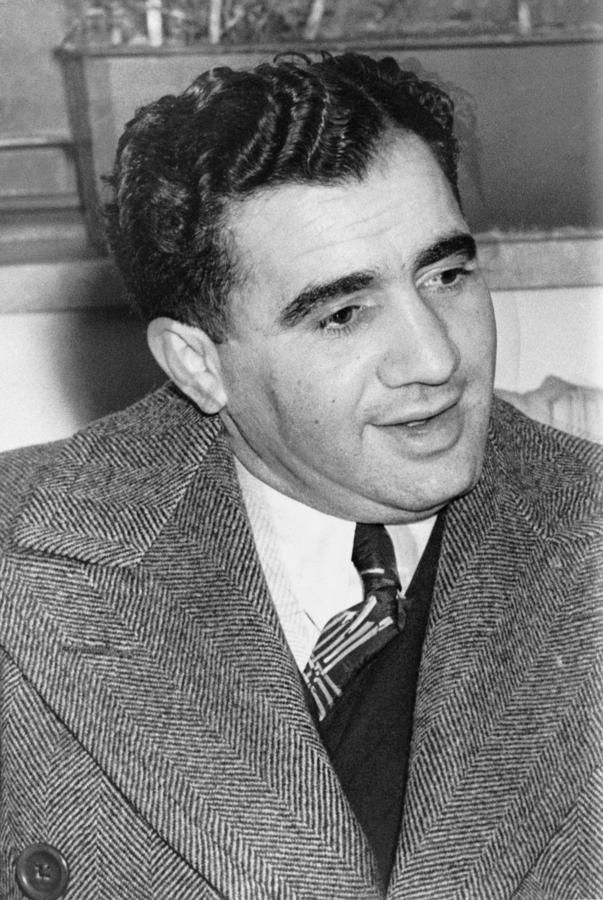
Thomas Dewey Enters the Picture
Thomas Dewey made a name for himself as a prosecutor for bringing down high-profile mobsters and bootleggers in the early 1930s. When he brought down famous bootlegger Waxey Gordon, everyone took notice.
In 1935, the New York governor responded to accusations that New York City wasn’t doing enough to tackle racketeering and gangsters. Their answer was to hire Dewey as a special prosecutor to work specifically in that area.
This involved investigating and bringing down some of the highest-profile mobsters in Brooklyn and Manhattan, which was also the jurisdiction of where Murder Inc. did their business.
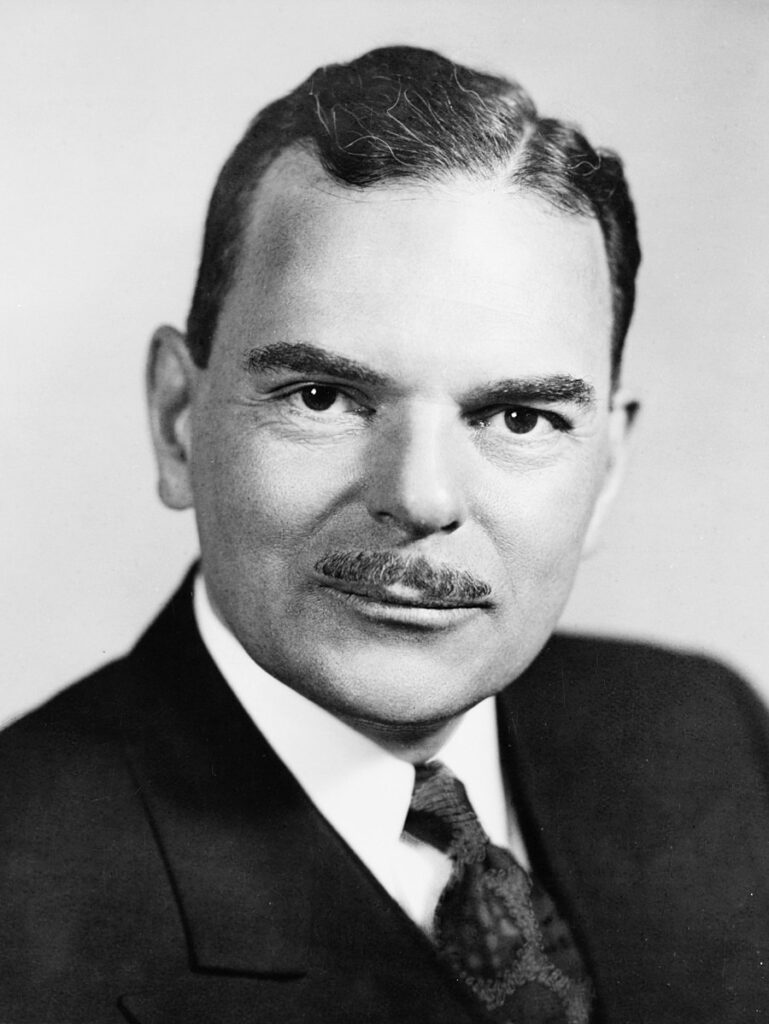
Early on in Dewey’s handlings, he went after Dalton Schultz, a Murder Inc. member renowned for his gambling and prostitution rings on the side.
When Schultz went to Lucky Luciano and asked for the organization to intervene and kill Dewey so he would get off his back, Luciano refused, saying killing a public official would hurt business and increase “eyes.” Killing Dewey would lead to a massive crackdown on crime and draw attention to organizations in the area.
Schultz disagreed with Luciano’s decision. He decided he would go after Dewey and kill him himself. Luciano went to Buchalter, who told Luciano he would take care of Schultz.
Buchalter hired Charles “The Bug” Workman and Mendy Weiss as enforcers to take the case. In 1935, Workman shot and killed Schultz and his associates in a Newark tavern in 1935.
Before Dewey, most of these murders would go unnoticed. But Dewey went deeper into organized crime than any prosecutor before him. Schultz’s murder was the starting point of the Murder Inc. unraveling.
Arrests Start Piling Up
Buchalter had become increasingly paranoid after Schultz’s murder and Dewey’s rise as a prosecutor. He sent Workman and his crew to murder anybody who could testify as a witness against Buchalter, wanting to eliminate any chance of a connection.
Buchalter began to lose his grasp on things when he murdered Joe Rosen. Joe had threatened to expose Buchatler and the organization to Dewey if Buchalter didn’t help him financially with his business.
This led to Rosen and anyone associated with him being given death warrants by Buchalter. Dewey’s entrance into the situation had made people within the organization come off the hinges a bit.
Dewey had won 72 out of 73 convictions between 1935 and 1937, making mobsters fear him more. In 1938, he was successfully elected as District Attorney and continued to tighten the noose on organized crime.
The first domino to fall was Lucky Luciano, who was arrested in 1936. Next on the list were Buchalter and Shapiro for narcotics and antitrust violations.
Meanwhile, crimes continued to escalate all the way up to upstate New York, but nobody was ever getting convicted for it. Soon, Dewey and new special prosecutor William O’Dwyer began to realize this was part of a much larger organization rather than just one Mafia group. Investigations began to ramp up.
By 1940, O’Dwyer had become district attorney and the investigations into several Murder Inc. suspects began to grow. Abe Reles was one of the men that law enforcement had arrested and suspected of murder. They decided to use Reles as a way to help bring the organization down.
When they linked Reles to the murder of police informant Harry Rudolph in 1933, Reles broke down and agreed to confess to over 200 unsolved murders that Murder Inc. had been a part of.
He mentioned the names of major members of the organization. Every person he had worked through his whole life didn’t matter; he caved and confessed everything.
The Fall of Murder Inc.
Many assert that Reles was the big domino that led to the fall of Murder Inc. According to Assistant District Attorney Burton Turks, Reles’ memory was photographic.
He detailed every murder, the dates, those involved, where they took place, and how they were committed. Afraid of the death sentence, Reles did what he could to help his future.
Reles continued to spill details in the coming days. He spoke about political corruption as well as the connection between The National Crime Syndicate and different organized crime groups. He confessed about what happened to Dutch Schultz and helped corroborate other witnesses’ testimony.
Reles wasn’t alone. Soon, Allie Tannenbaum, Seymour Magono, Sholem Bernstein, and Abe “Pretty” Levine all became informants and confessed to crimes not just by themselves but by others in the organization.
They testified against former colleagues, continuing the downfall of Murder Inc. When more testimony corroborated the story about Schultz, Buchalter and his associates’ days became numbered.
To prevent the men from any contact, they held them in a secure location on Coney Island at the Half Moon Motel. However, on Nov. 12, 1941, Reles was found dead seven stories down from the balcony of his hotel room.
Official reports claim he tried to escape and fell, although there are conspiracies surrounding that story. His death, however, hindered the investigation since they had lost a key witness.
By 1941, Murder Inc., under investigation, ceased operations with many of its members disappearing. Many, however, were caught and brought to justice through testimony and investigations.
Albert Anastasia had kept himself away from the law for years, but in 1957. However, he was brutally murdered in Manhattan by his underboss Carlo Gambino, who would quickly rise to power.
Buchalter, who had been arrested, had enough people testify against him that he was sentenced to life and subsequently, the death penalty. So were his enforcers Louis Capone and Mendy Weiss, who were implicated in the Schultz murder and other executions, including the Rosen contract killing.
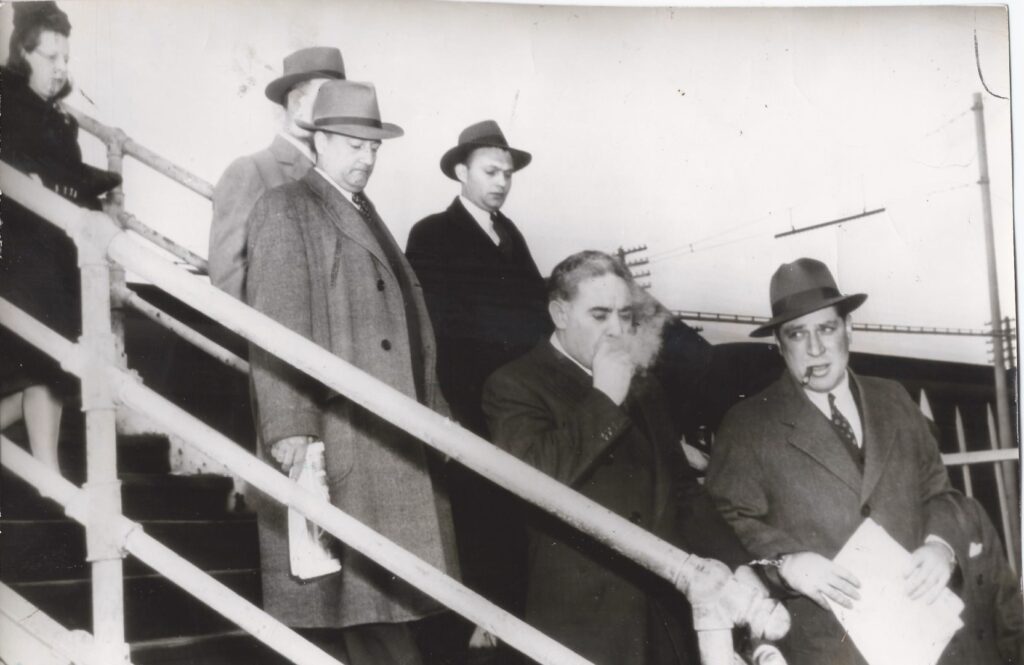
The death sentence ruling went to the Court of Appeals and subsequently, the U.S. Supreme Court. In 1943, the ruling was upheld.
Buchalter became the only major organization leader to die by the death penalty. Jacob Shapiro was also caught and sentenced to life, then died in a prison hospital in 1947.
Some Murder Inc. members successfully evaded the law. Bugsy Siegel was eventually shot dead in 1947. Lucky Luciano moved to Florida, where he died of a heart attack in 1962.
Joe Adonis was finally confronted for his crimes but died of a heart attack after abusive treatment and questioning in 1971. Meyer Lansky also moved to Florida and lived until 1983.
References
Cipollini, Christian. “The Fall of Murder Inc.” TheMobMuseum.org. 13 Sep 2021. https://themobmuseum.org/blog/the-fall-of-murder-inc/.
“Murder Inc.: The Syndicate’s Killing Team.” J-Grit.com. Nd. https://www.j-grit.com/criminals-murder-inc-brooklyn-1930s-1940s.php.
“Thomas Dewey.” TheMobMuseum.org. Nd. https://themobmuseum.org/notable_names/thomas-dewey/.

